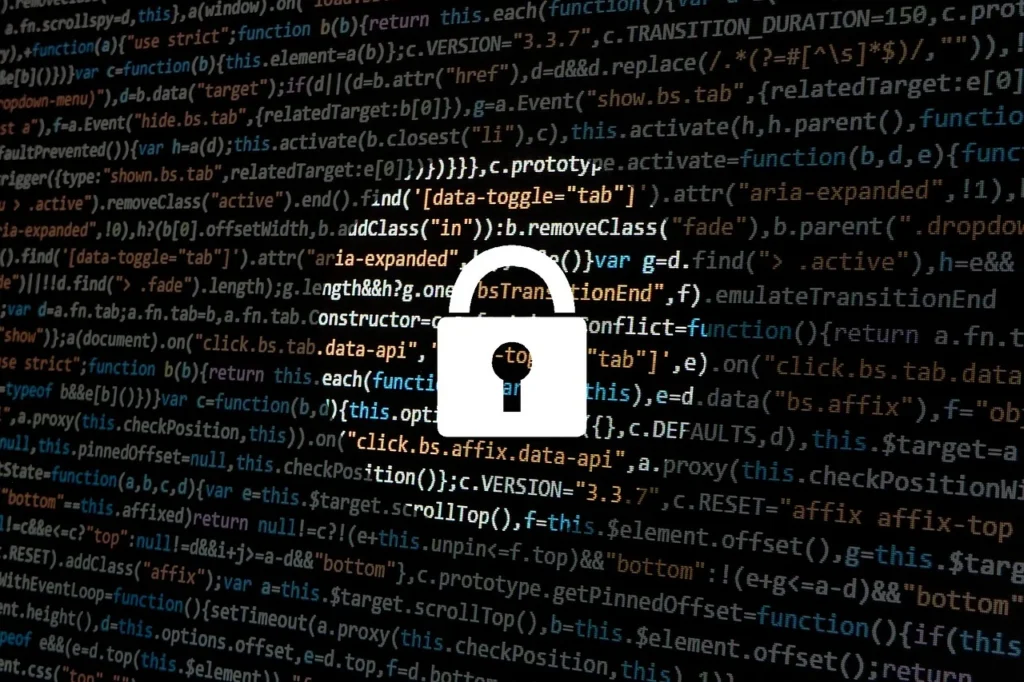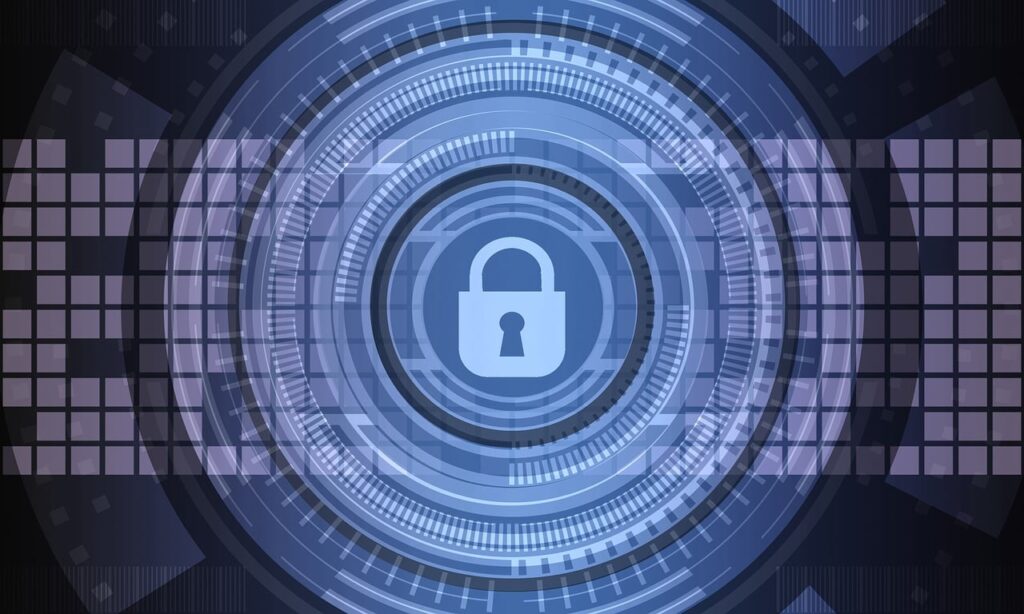In an increasingly digital world, the threat of cyber attacks looms larger than ever. From personal data breaches to large-scale attacks on corporations and governments, the impact of cybercrime can be devastating. Cyber attack awareness is critical in safeguarding our digital lives. This article delves into the various types of cyber attacks, their consequences, and essential strategies for protection.

Understanding Cyber Attacks
Cyber attacks come in many forms, each with unique methods and objectives. Understanding these can help individuals and organizations recognize and mitigate threats.
Types of Cyber Attacks
- Phishing: One of the most common types, phishing involves tricking individuals into revealing sensitive information through deceptive emails or websites. Attackers often pose as legitimate entities to gain trust.
- Malware: Malware, or malicious software, includes viruses, worms, and ransomware. These programs can damage systems, steal data, or lock users out until a ransom is paid.
- Denial of Service (DoS) and Distributed Denial of Service (DDoS): These attacks aim to overwhelm a system, network, or website with traffic, rendering it unusable. DDoS attacks utilize multiple compromised systems to amplify the impact.
- Man-in-the-Middle (MitM): In these attacks, attackers intercept and alter communications between two parties without their knowledge, potentially stealing sensitive information or injecting malicious content.
- SQL Injection: By exploiting vulnerabilities in a website’s database, attackers can insert malicious SQL code to access, modify, or delete data.
- Zero-Day Exploits: These attacks target undiscovered or unpatched vulnerabilities in software, giving attackers a window to exploit systems before developers can issue a fix.

Consequences of Cyber Attacks
The repercussions of cyber attacks can be severe and far-reaching:
- Financial Loss: From ransom payments to legal fees and loss of business, the financial impact can be enormous.
- Data Breaches: Personal and sensitive information, such as social security numbers, credit card details, and intellectual property, can be stolen and misused.
- Reputation Damage: Businesses and organizations may suffer irreparable damage to their reputation, leading to loss of customer trust and loyalty.
- Operational Disruption: Cyber attacks can halt operations, causing significant downtime and loss of productivity.
- Legal Consequences: Organizations may face legal actions and penalties for failing to protect customer data.

Enhancing Cyber Attack Awareness
Awareness and education are key to preventing cyber attacks. Here are essential strategies for individuals and organizations to enhance their cyber security posture:
For Individuals
- Stay Informed: Keep up with the latest cyber threats and trends. Understanding how attackers operate can help you recognize potential threats.
- Use Strong Passwords: Create complex passwords and change them regularly. Avoid using the same password across multiple sites.
- Enable Multi-Factor Authentication (MFA): MFA adds an extra layer of security by requiring additional verification beyond just a password.
- Be Cautious with Emails: Do not click on suspicious links or download attachments from unknown sources. Verify the sender’s authenticity.
- Regular Software Updates: Ensure that your operating system, applications, and antivirus software are up to date to protect against vulnerabilities.
For Organizations
- Employee Training: Regularly train employees on cyber security best practices and how to recognize phishing attempts and other threats.
- Implement Security Policies: Develop and enforce comprehensive security policies and procedures.
- Conduct Regular Audits: Perform regular security audits and vulnerability assessments to identify and address potential weaknesses.
- Backup Data: Regularly back up critical data and ensure backups are secure and accessible in the event of an attack.
- Invest in Security Solutions: Utilize advanced security solutions such as firewalls, intrusion detection systems, and encryption to protect sensitive information.
Conclusion
Cyber attack awareness is a critical component of digital security. By understanding the various types of cyber attacks, recognizing their potential consequences, and implementing robust protective measures, individuals and organizations can significantly reduce their vulnerability. Staying vigilant and proactive in the face of evolving cyber threats is essential to maintaining a secure and resilient digital environment.




